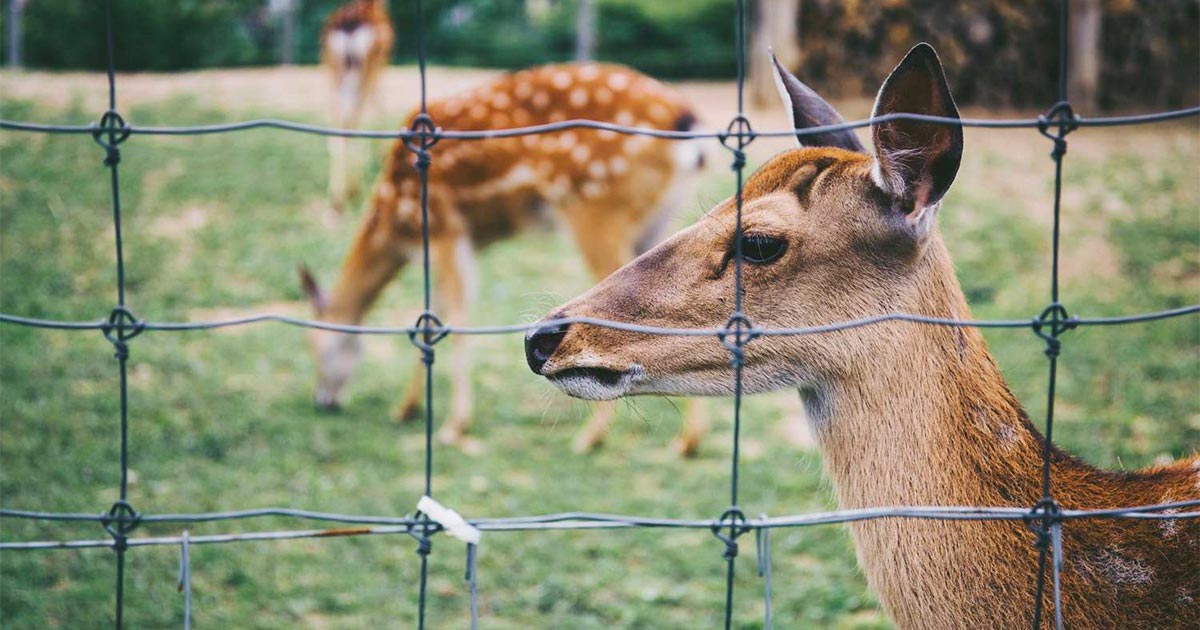
29 Nov Use of wire fencing to exclude large native herbivores
High grazing pressure by large herbivore can result in degraded understory species diversity, mainly due to decrease in the abundance of palatable herbaceous species. Excluding large herbivores from forests by creating exclosures using wire fences can increase species diversity.
- Five of ten studies (including two replicated, randomized, controlled studies) in Australia, Bhutan, Canada, France, Portugal and the USA found that using wire fencing to exclude large herbivores increased the cover and size of understory plants. Six studies found no effect of wire fencing on the cover, seed density, species richness or diversity of understory plants.
- Two of the above studies and one paired-sites study in Ireland examined the effect of using wire fencing to exclude large herbivores on young trees. One found it increased the biomass, one found it decreased the density of young trees and one found mixed effects depending on the species.
- Two replicated, controlled studies in the USA found that using wire fencing to exclude large herbivores increased tree density.


